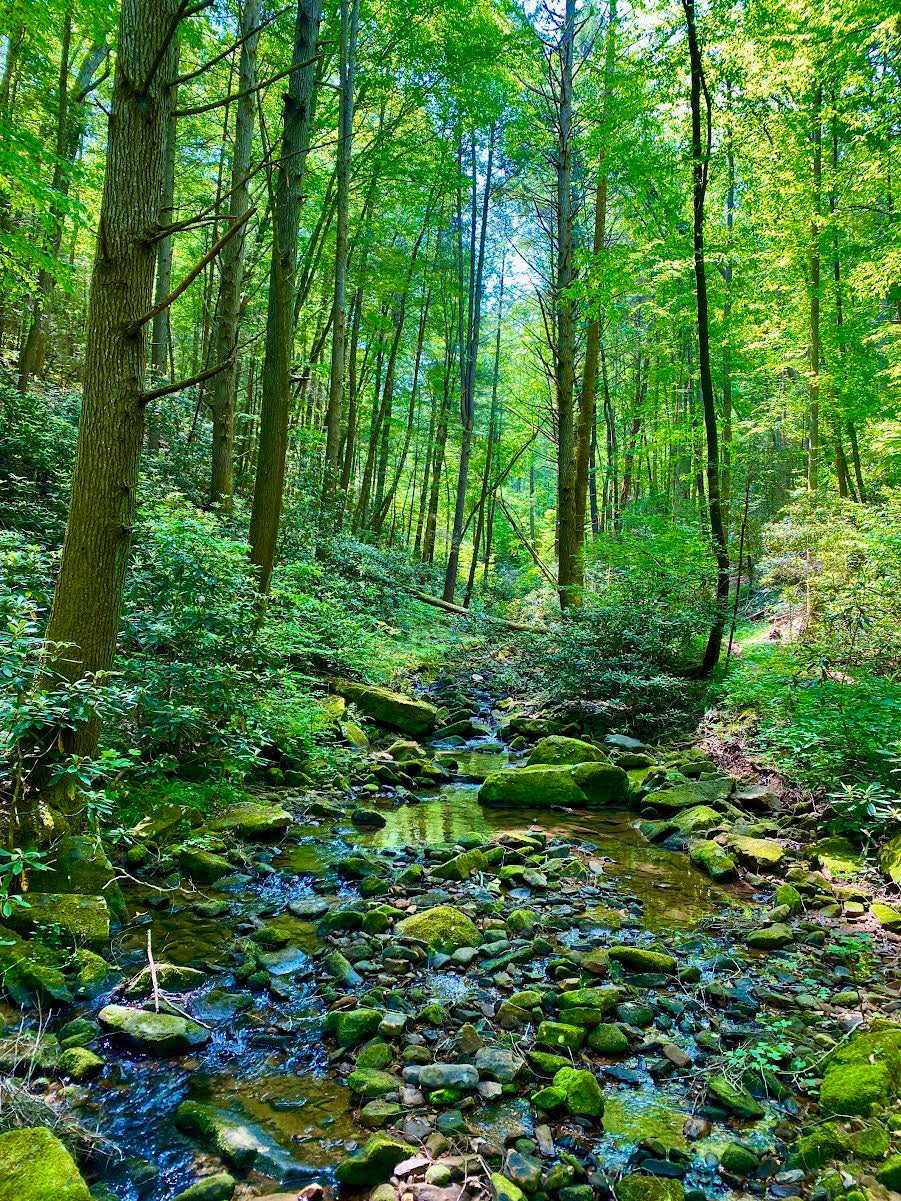Kentucky forests offer a mountain of diversity
Published 2:31 pm Tuesday, July 18, 2023

- Kentucky’s latitude and diverse terrain allow many types of plants to flourish here. Photo by Steve Roark
|
Getting your Trinity Audio player ready...
|
BY STEVE ROARK
Contributing columnist
The mountains of our area contain one of the most diverse forests in the world. More than 170 woody species and close to 2,000 herbaceous plants grow here, second only to tropical rain forests in variety. If you’re observant, you can find sites here that are the same as forests hundreds of miles away.
For a feel of Georgia, climb up on a dry mountain ridge where only pine trees grow. Smell the rosin and listen to the soft sighing of the needles in the wind. Feel more like a trip north? Walk into a deep hollow with a mountain stream, and here you will find hemlock, sugar maple, beech, and rhododendron growing so thick you can hardly walk. You could just as well be in New England, which has similar forests. It’s cool and damp here, with musty smells and noisy water. One more trip: In the fall find a pawpaw growing in a low, moist spot. Take a bite of its fruit and enjoy the banana-like flavor. The folks of South America enjoy the same thing.
The reason our forests are so diverse is a combination of latitude and terrain. One of our forest types is called mixed mesophytic, meaning a place with a lot of variation in soil moisture and temperature. This allows trees to grow here that are native to areas further north and south. They are here because our mountainous terrain creates a mix of warm, cool, moist and dry sites that allow plants normally found further away to find a place here to make a go of it. The Appalachian Mountain chain acts as a corridor that allows plants to move further north and south than normal. And our location in the Central Appalachians creates a lot of overlap of northern and southern species.
The upshot of all this is we have very diverse forests to enjoy, which makes a botany nerd like me very happy. So next hike in the mountains be sure to look around and see what part of North America you are in.
Steve Roark is a volunteer at Cumberland Gap National Historical Park.




